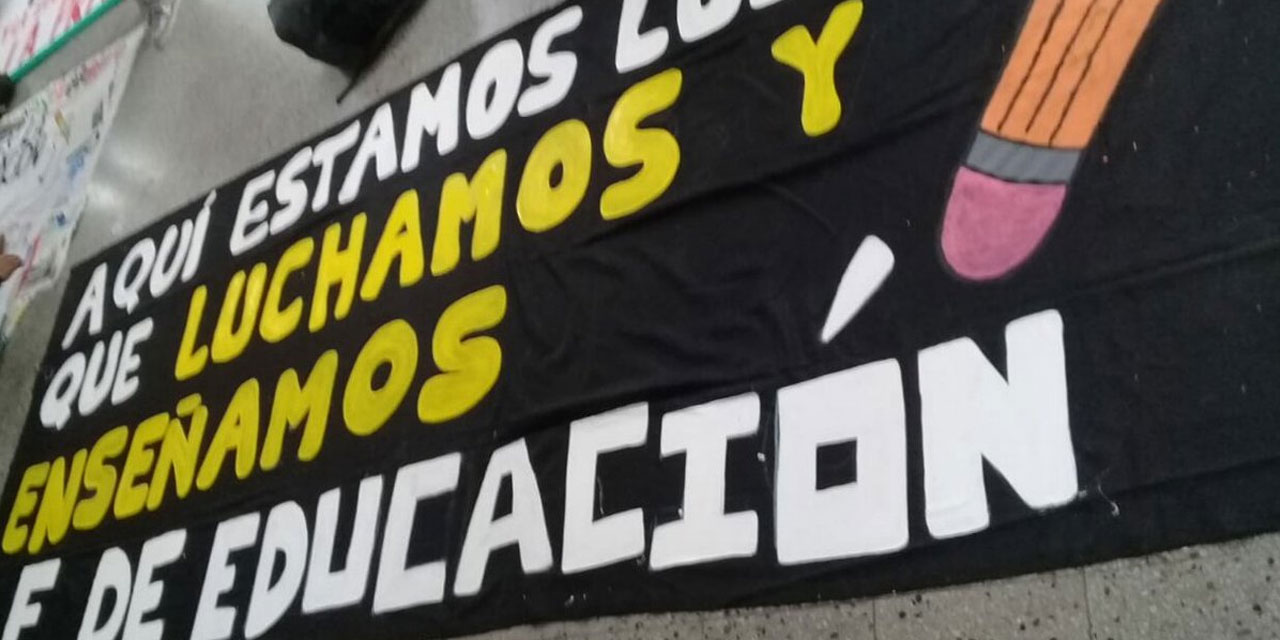President Ivan Duque has agreed to Colombia’s highest education budget ever in an attempt to rescue a public education system that has deteriorated for decades.
The government has pledged to invest $1.8 billion (COP5.9 trillion) in higher education and science over the next four years.
This investment is the largest ever recorded for the country’s education sector and is supposed to curb a long trend of underfunding public education.
Decades of decline
The country never had a public education system until 1991, when the State assumed the responsibility of education from the Catholic Church.
This allowed more than twice as many young Colombians to enjoy higher education, but for the last two decades the State has failed to significantly increase spending on education compared to the country’s gross domestic product (GDP).
Enrolment in higher education vs spending
It was not until 1998 that the State began to publish reports on its spending, seven years after taking ownership of the public education system.
Since then, spending has remained largely below the global average, despite galloping enrolment, periods of economic growth and lowering inflation.
To add, per-student spending has dropped by almost 15%.
Average government expenditure per university student
As a consequence, the cracks are beginning to show; walls of old faculty buildings are crumbling, laboratories are ill-equipped and some classrooms are even without electricity.
The generalized lack of resources and structural deterioration of public universities across the country is a testament to decades of neglect.
How Santos’ plan failed to launch
The administration of former President Juan Manuel Santos launched Ser Pilo Paga, a scholarship program that sought to promote higher education for the poor.
Ser Pilo Paga promised big things. For each year the scholarship was in existence, a cohort of 10,000 students benefited from an all-expenses paid trip to university. It appeared to “close the education gap” as intended, but after just three years, the government pulled the plug.
While the program proved profitable for the country’s private universities, it effectively lowered spending on public universities. Over just two years, the difference in expenditure came to a massive 28%.
Spending on higher education
Now, burdened by a lack of resources and vital funding, public universities struggle to welcome, educate and feed a high volume of students while maintaining those world-renowned standards.
But in order to revive the public education system, Colombia’s government will have to make good on its billion-dollar investment. President Duque has not yet specified where the money will come from.
In spite of this, there is a palpable atmosphere of celebration in light of the agreement reached by the Colombian government and student representatives. Maybe what Colombia’s public education system needs is the targeted investment of capital; hard cash, rather than expensive scholarship programs. Only time will tell.


